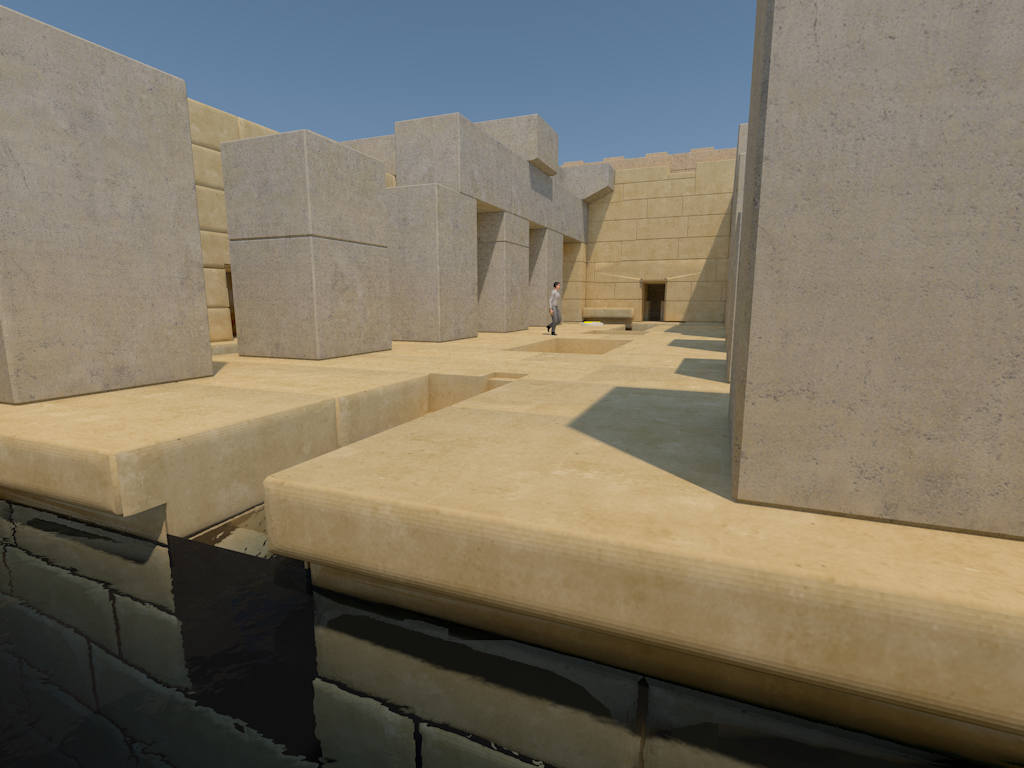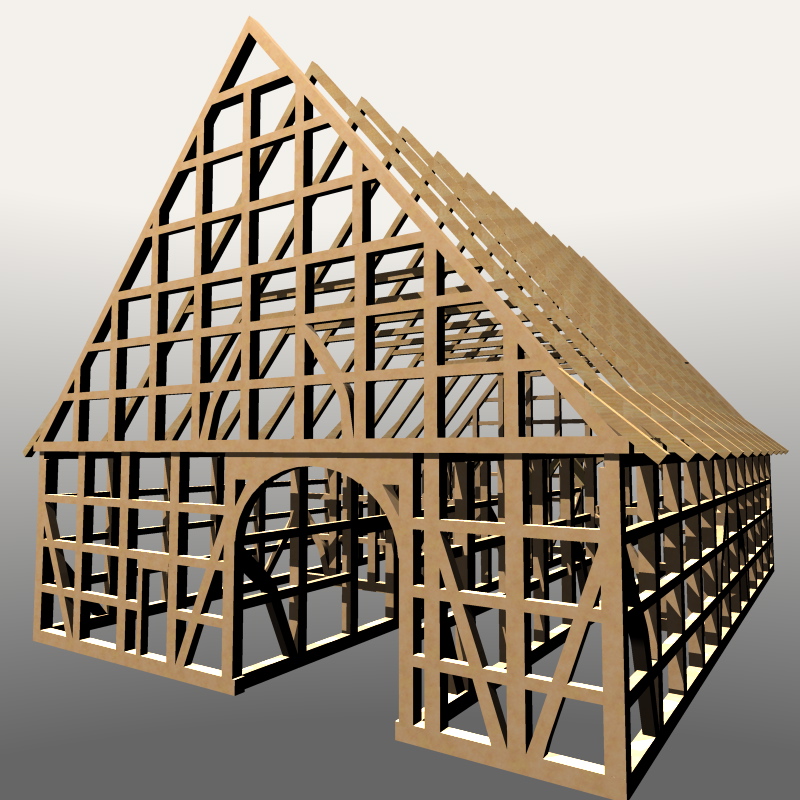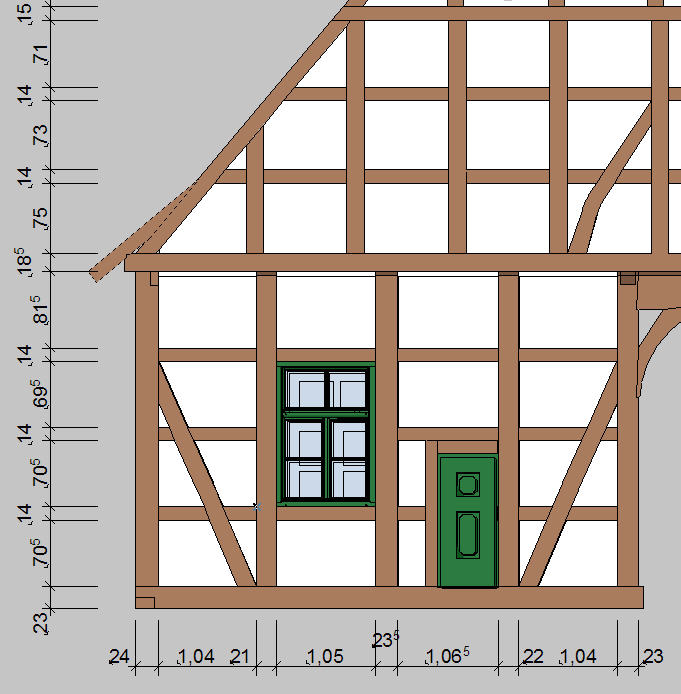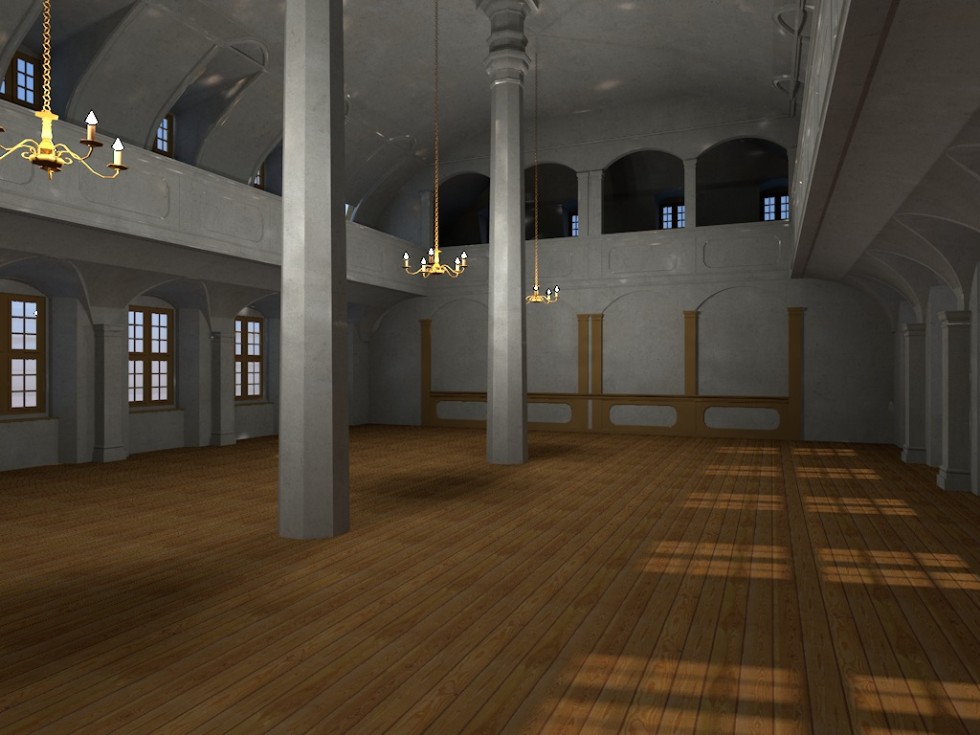
1. Heritage Building Information Modelling (HBIM)
HBIM has emerged in recent years as an innovative tool that is transforming the documentation, analysis, and management of cultural heritage sites. With its roots in classical Building Information Modelling (BIM), HBIM goes beyond purely geometric 3D modelling by integrating historical, semantic, and material data. This methodology opens new perspectives for archaeology by combining technological precision with the complexity of historical interpretation.
Traditional archaeological practice was often marked by destructive excavation methods and fragmented documentation. HBIM offers an approach that not only stores data but also analyses, visualises, and preserves it for future generations. Especially in archaeology, where context is essential, HBIM represents a paradigm shift.


